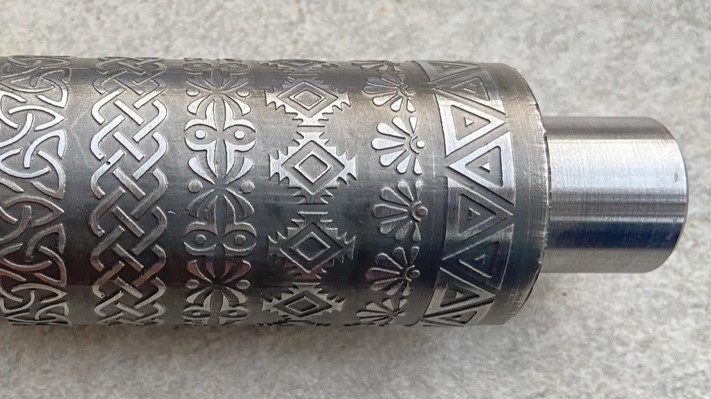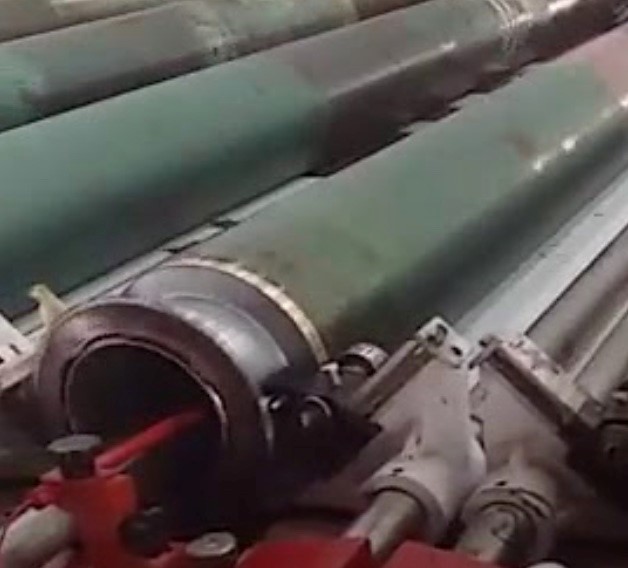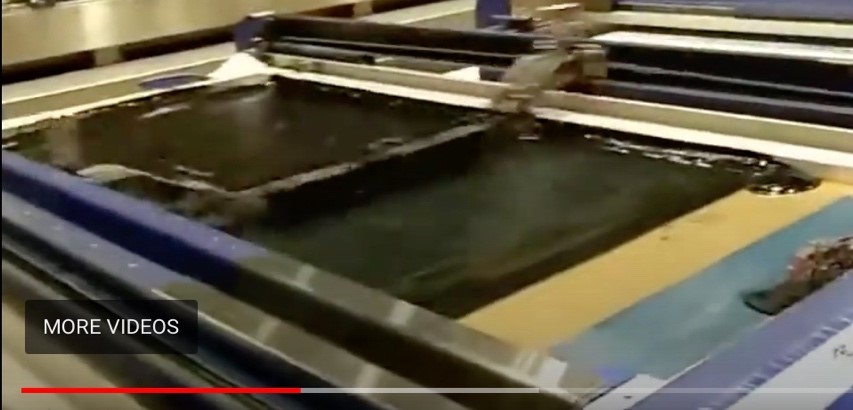
The scope of the subject of Printing is vast. Many books have been dedicated to explaining the various modes and methods of applying art to a fabric substrate. I will attempt to shorten and
simplify this subject to some basic information for your use and understanding.
Wet Printing Methods:
1. Roller: Copper rollers are engraved with the negative image of the desired design. Every color in the design requires a separate roller to apply the colored print paste. For example, an
8 -color design will require 8 engraved rollers. The rollers are rotated in a tray containing their color, the excess is wiped off and the color remains in the engraved portion of the
roller. The roller is then pressed against the moving fabric and the color is released from the engraved grooves onto the fabric.

2. Rotary screen: This is a very similar process to Roller printing. The major difference is that cylindrical mesh screens used instead of copper rollers. These screens are coated with a
light sensitive emulsion, and the designs are “etched” into this emulsion leaving a hole thru which the print paste is pushed onto the fabric in the shape of the design. Again, every color
requires its own screen.

3. Flat screen: This is like the rotary screen process except the screens are kept flat. The screens are filled with the correct colored print paste and are raised and lowered to touch the
fabric as it passes by. There is a squeegee that presses the paste thru the holes in the screen and applies the color to the fabric while the screen is in the lowered position.

More information will be presented in my next blog.